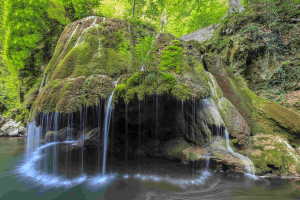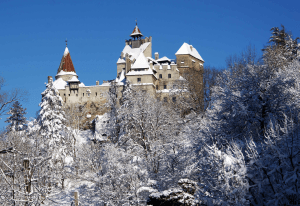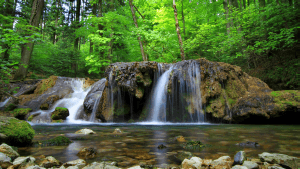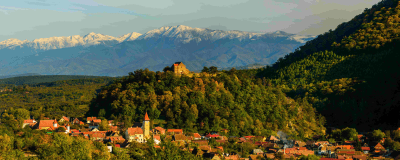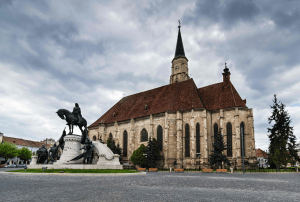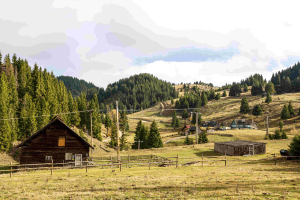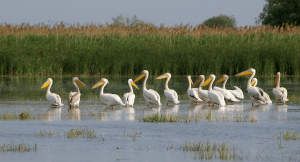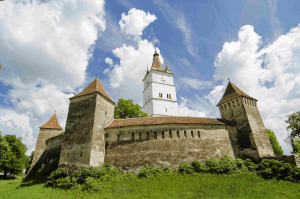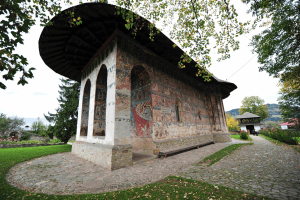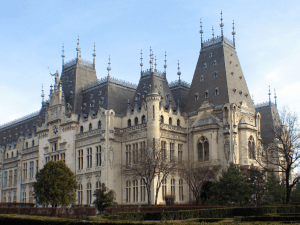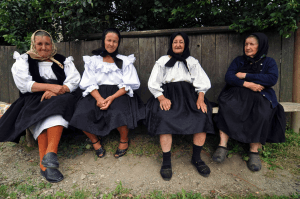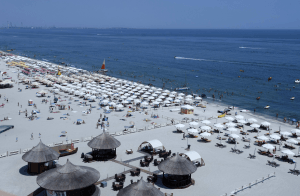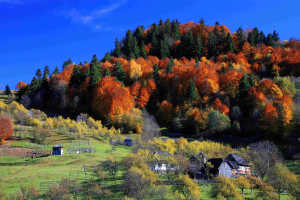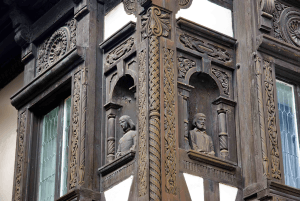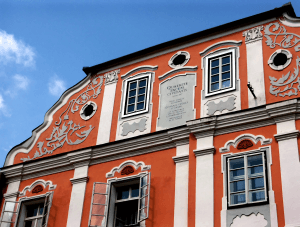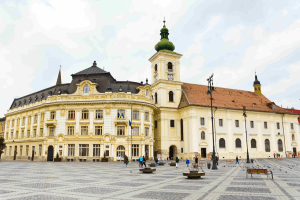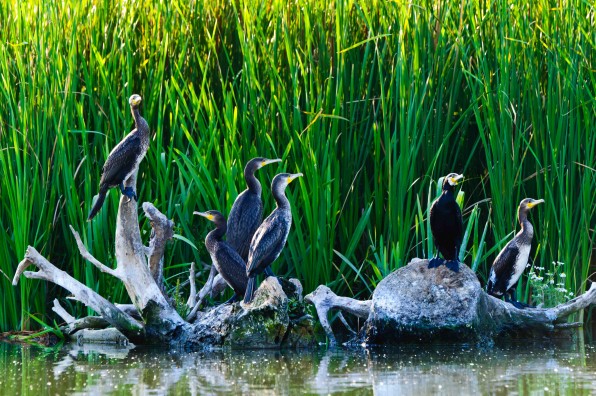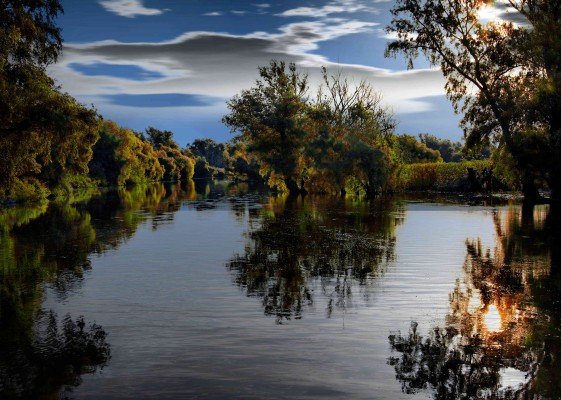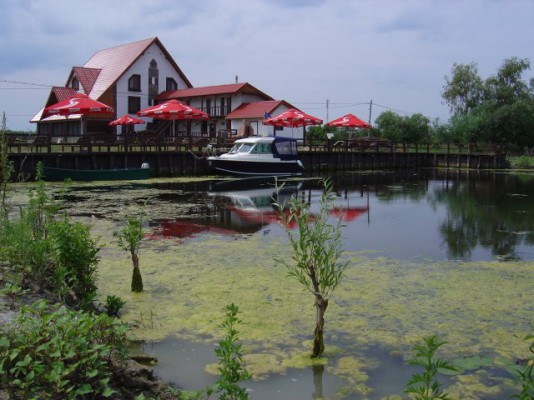General Information
Danube Delta has been declared a World Cultural and Natural Heritage site, and a UNESCO protected area being one of Romania’s leading attractions, and a very particular place in Europe.
The Danube Delta has the third largest biodiversity in the world (over 5,500 flora & fauna species) spreading over 5,050 km2 of marshes, canals, reed islets and lakes, offering a sanctuary for birds, fish, and animals. This natural reservation hosts the largest wetlands in Europe, more than 60% of the Danube Delta’s area is unspoiled by the human touch, so it offers the unique opportunity to observe the incredible beauty of the Danube Delta landscapes and all the treasures lying in it.
This special place, Europe’s best preserved delta is considered to be the largest and most compact reed bed area on the planet, and is sheltering spectacular wildlife highlights.
Its waterways and marshes are home for 45 freshwater fish species – the main being European sturgeon, Danube sturgeon, starry sturgeon and sterlet – bearers of caviar; carps, pikes, zanders, makerels, grey mullets, breams, tenches, sheat fishes – a “tough choice land” for the fishermen.
The Danube Delta is the ideal place for the migratory birds flying from the Equator and heading to the northern Europe, and also for the year-round birds, the natural reservation hosting over 300 bird species - among these species, there are white and Dalmatian pelicans, red-breasted geese, cormorants, wild ducks, white-tailed eagles, storks, herons, white and red shelducks, flamingos, swans - most of them protected by law. This density of birds is unmatched anywhere else in the world, therefore the Danube Delta is a birdwatchers’ paradise.
 Authentic Romania
Authentic Romania Our Specials
Our Specials City Breaks
City Breaks





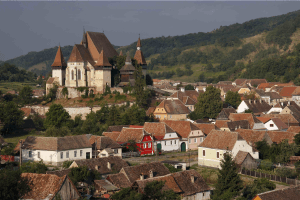
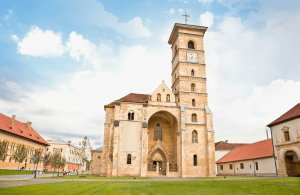
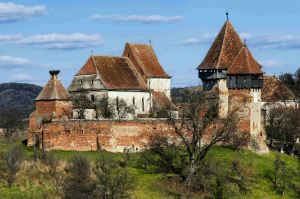
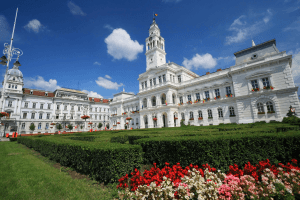
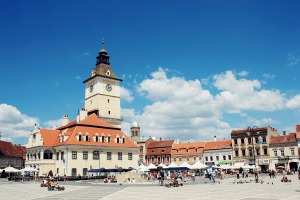
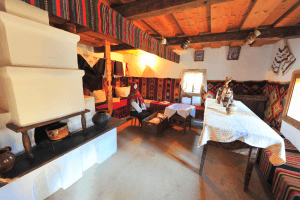
.png)
